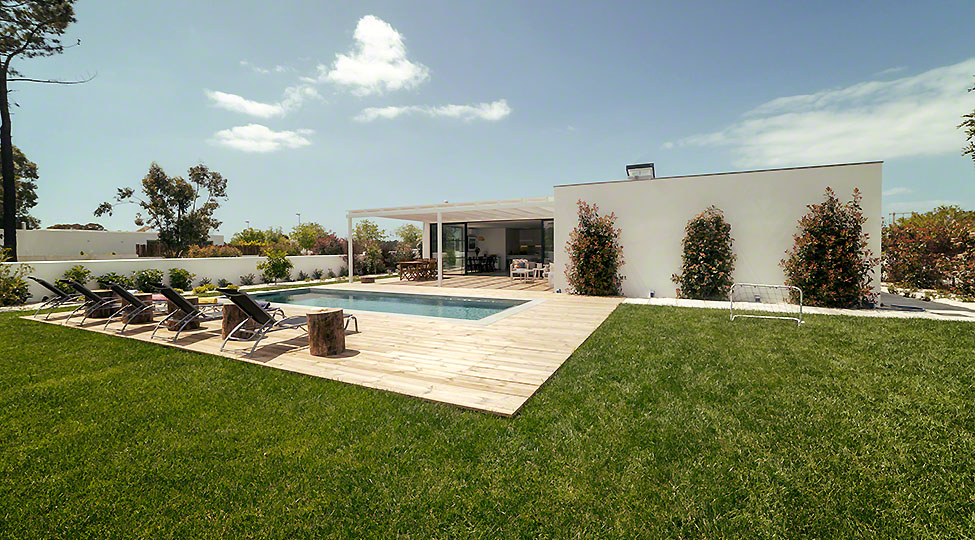All about in-ground swimming pools
Have you considered adding an inground swimming pool to your home? Swimming is the best method to stay cool in the heat. So, what could be better than having your own in-ground swimming pool in your backyard? This is something that swimming pool builders can assist you with.
Various varieties of in-ground pools
Inground swimming pools are classified into three types: vinyl liner inground swimming pools, concrete inground swimming pools, and fiberglass inground swimming pools.
Each of the three varieties of swimming pools has advantages and cons, as well as costs. You may choose the sort of inground swimming pool you wish to put in your home based on your preferences.
Inground swimming pool with vinyl lining
Vinyl liner pools are among the most common types of inground pools. They are further classified into three groups. The steel wall vinyl liner is the first category. These pools are often built of stainless steel. The second type of pool is a polymer wall vinyl liner pool.
The cement wall vinyl liner is the third type of vinyl liner swimming pool. Steel wall vinyl liner and cement wall vinyl liner pools, on the other hand, are more popular than polymer wall vinyl liner pools. These pools provide several advantages.
One of these benefits is that these pools may be created in any form or size. Steel, which can be cut and molded into any shape or size, is responsible for its numerous forms and sizes. The same is true for cement. Cement may be shaped and sized to fit any need. This means you may have your pool tailored to the form and size you choose.
These pools, however, can corrode and oxidize with time. As a result, if you want to build it in an area with a high-water table, vinyl liner pools may not be the ideal option. Polymer wall vinyl liner pools are available in a variety of designs and sizes. They are, nonetheless, more durable than steel wall and cement wall vinyl liner pools.
Inground swimming pool made of fiberglass
Unlike vinyl pools, fiberglass pools are constructed as a single piece. They are manufactured at a facility and then delivered to the client’s home. It is secured to the ground by first excavating a hole in it and then placing the pool in that hole. However, because fiberglass pools are constructed in a single piece by masonry experts and they are only available in a restricted range of forms and sizes.
There are also built-in seats and sundecks. However, if the design and size of the swimming pool are unimportant, fiberglass is an excellent choice. It is also easier to install than the other pools.
Inground swimming pool made of concrete
The concrete swimming pool is the final form of the inground swimming pool. Concrete swimming pools are also available in a variety of designs and sizes. There are two methods for installing a concrete pool. While concrete pools are one of the greatest inground swimming pool alternatives, they are also the most expensive of the three. They do not rust or oxidize and get stronger over time. As a result, they are one of the best options for swimming pools. Furthermore, concrete pools are available in a number of colors and interior design options.
Conclusion
Vinyl, concrete, and fiberglass are all common pool materials. However, each has its own set of advantages and disadvantages, and the material that best suits the client’s needs should be picked for the pool.
You should also select the most dependable pool contractors for this operation. This way, you will receive the most bang for your buck. lagrass
